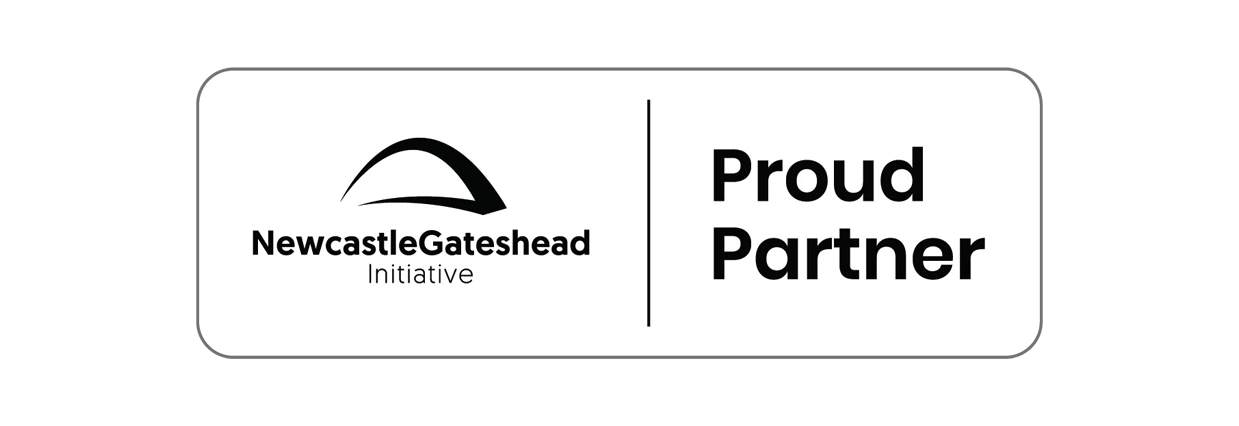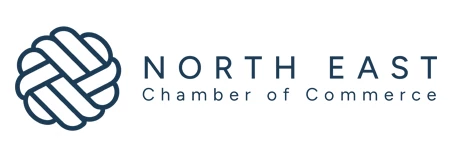Partner Article
Auto-enrolment on the couch
There has been much debate around whether automatic pension enrolment will work from a financial or logistical point of view, but is it also time to analyse its effects from a psychological perspective? Graeme McCormick, from Barclays C&ES, Newcastle gave his views on the matter.
When it comes to our finances, it is often thought that given the right access to information, education and products, we will all do the best thing for our respective circumstances. If that were the case we would all have a pension plan, enough savings to see us through numerous rainy days and a perfectly-performing investment portfolio.
Instead, our personalities play a pivotal role in the financial decisions we make. Our human psyche is why we find ourselves spending money when we know we should save for retirement and why we sometimes sell our investments at the bottom of the market (and buy them at the top).
The practice of looking at finance through a psychological lens is an emerging research area known as behavioural finance and it informs much of our work with clients. In terms of auto-enrolment, its entire concept – automatically opting employees into a company pension plan and giving them the option to opt out rather than the other way round – has been designed with one of the most classic behavioural traits in mind, namely inertia.
Yet, auto-enrolment is not a one-size-fits-all solution; it is clear that there are other personality characteristics beside inertia which affect our decisions. In order for auto-enrolment to have the maximum positive effect on this generation’s retirement savings, do employers need to delve a bit deeper into the behaviours and motivations of their workforce?
For instance, we know that from a behavioural point of view there are four main barriers to savings and investments: awareness and desire, knowledge, inertia and akrasia, which means lacking command or acting against one’s better judgement – i.e., knowing you should save for retirement but failing to put the necessary steps in place.
Whilst early research shows that auto-enrolment is hugely effective in overcoming the ‘inertia’ barrier to investment (in effect, it utilises employees’ natural inertia: just as they might previously have been unlikely to overcome this inertia and take the proactive step to enrol themselves, so they are unlikely to un-enrol from a scheme to which they have been automatically signed up) it only knocks down one of the barriers. In order to improve the workforce’s awareness and desire to save for retirement, and to boost their knowledge, there are education and engagement exercises for employers to fulfil.
The question that many employers and HR directors struggle with is how best to deliver this education in an engaging way to busy and often time-poor employees? Again, viewing the issue from a psychological perspective can help.
As the current generations in the workplace increasingly turn online for information, this may prove the ideal platform to communicate with employees non-obtrusively both now and in the future. An online platform which has been laid out to optimise ‘choice architecture’ could be a powerful tool in improving awareness and knowledge. Past research studies have shown that something as simple as displaying information or options across two pages, rather than one, has a major impact on how respondents select options or retain information. A case study of how choice architecture can influence decisions can be seen below.
Additionally, helping employees to think ahead can help to boost desire to save, as well as tackle myopia (short-sightedness commonly seen in dealing with long-term issues). Giving employees the option to increase their pension contributions in the future can provide the necessary nudges to overcome these barriers.
Another research study has shown the differences between the decisions we make in the here-and-now, and those we take for the future. When a group of students was asked to choose chocolate or a banana - which they would be given a week later - the vast majority (74%) chose the healthy option of a banana. However, fast forward one week and the students were offered the opportunity to choose again as the chocolate and bananas were handed out. This time, the majority opted for chocolate.
If we apply this behavioural trend, we know that given the right option employees are much more likely to overrule their akrasia and commit to the healthy option (in this case increasing their pension payments) in advance, so that they are unaffected by very short-term desires and cravings. This could carry enormous benefits in helping to increase our contributions slowly over time and solve the current gap between our expectations of income in retirement and the reality.
In effect, employers have often been at risk of assuming auto-enrolment is a fix-all solution, but in order for it to have the best impact on employee engagement and savings levels, it needs to be coupled with a deeper psychological understanding of their workforce. Helping employees to psychologically identify with their future selves and needs through these simple measures could prove a turning point in making auto-enrolment the success story it deserves to be.
This was posted in Bdaily's Members' News section by Barclays Bank PLC .
Enjoy the read? Get Bdaily delivered.
Sign up to receive our popular morning National email for free.








 The importance of human insight in an AI world
The importance of human insight in an AI world
 Building a future that benefits everyone
Building a future that benefits everyone
 Late payments plan good news for building sector
Late payments plan good news for building sector
 Satisfying demand for industrial space
Satisfying demand for industrial space
 Procurement can boost mayor’s housing vision
Procurement can boost mayor’s housing vision
 Setting a new standard in tackling city crime
Setting a new standard in tackling city crime
 Why B Corp must be more than window-dressing
Why B Corp must be more than window-dressing
 Why collaboration is key to a stronger economy
Why collaboration is key to a stronger economy
 Crisis comms lessons from the Astronomer Scandal
Crisis comms lessons from the Astronomer Scandal
 The real cost of tendering for construction SMEs
The real cost of tendering for construction SMEs
 A welcome step forward – but let’s keep pushing
A welcome step forward – but let’s keep pushing
 Industrial strategy 'can drive business forward'
Industrial strategy 'can drive business forward'